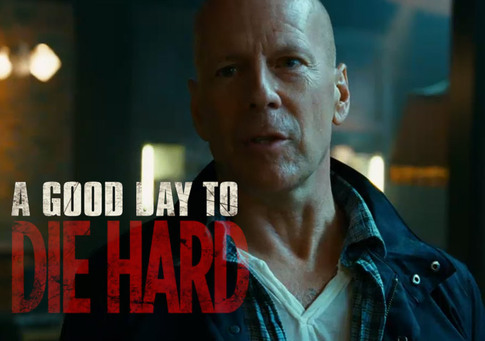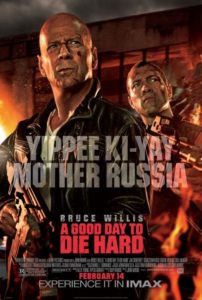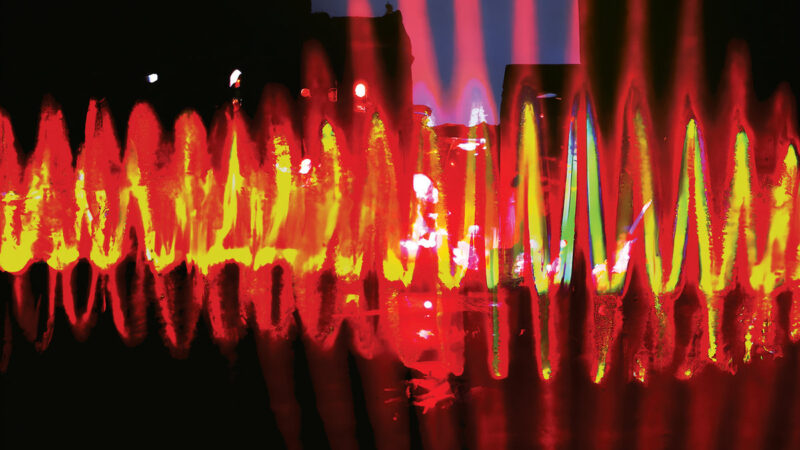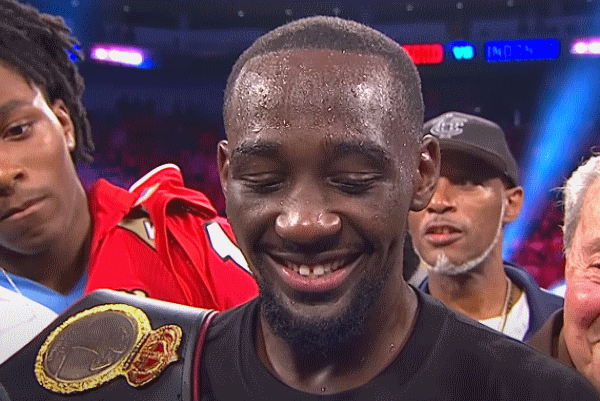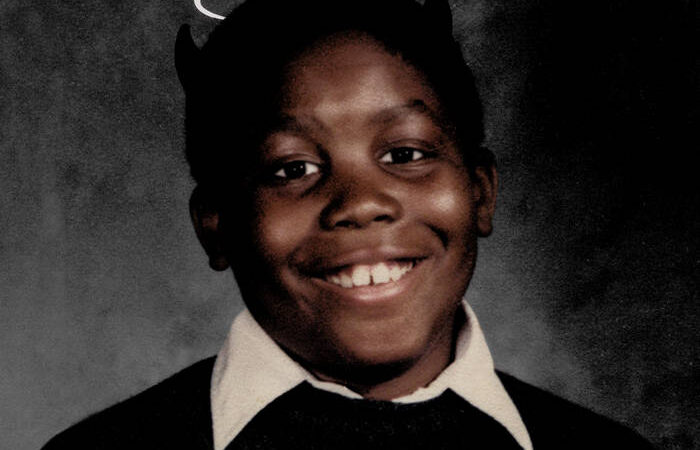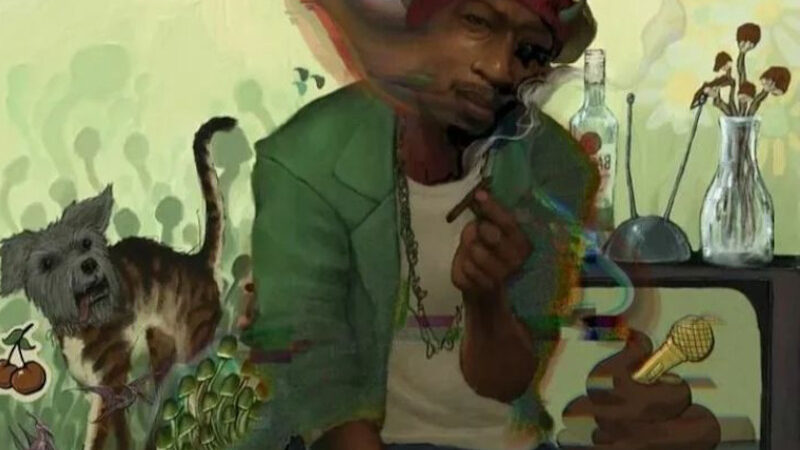Though Yuri Komarov (Sebastian Koch) remains within the confines of a Moscow prison cell, he has one very big trump card in his possession. He knows the whereabouts of a secret file, the contents of which would prove damning for government official Chagarin (Sergei Kolesnikov). As the two remain locked in a test of wills regarding the file, Jack McClane (Jai Courtney) lands himself in prison as alongside Yuri. John McClane (Bruce Willis) then rushes to his son’s aid. As John arrives in Moscow, the courthouse where Yuri and Jack are being held is bombed. The two felons become fugitives, with John tagging along for the ride. Throughout their journey, a great many secrets are revealed, and a great many people are killed.
A Good Day to Die Hard arrives five years after Live Free or Die Hard, and ushers the venerable action franchise into its fourth decade. True to the title of the original film, the series has endured for 25 years with no intention of slowing down. The surprising success of the fourth entry has now yielded a fifth, but was the effort worth it? Should John McClane remain on board for further adventures, or should he leave his badge on the watch commander’s desk and call it a day?
The opening credits alone make it emphatically clear that there will be no visual fidelity to the stronger entries in the Die Hard franchise. In the first film, cinematographer Jan De Bont made the camera analogous to McClane himself. He also managed to clearly convey any and all visual information. A Good Day to Die Hard apes the pseudo-documentary style of Paul Greengrass, yielding mediocre results in the process. The visual style of Jonathan Sela looks as if he was hopped up on caffeine for the duration of the shoot. The monotonous color scheme seems as though it was conceived to lull viewers to sleep.
The action scenes are aimed squarely at those who suffer from attention deficit disorder. The sensibilities of Michael Bay have unfortunately become a part of modern filmmaking language. Director John Moore employs them with reckless abandon. Visual coherence is thrown to the proverbial winds. Cars not only crash and explode, but bound through the air like acrobats. The shootouts consist of muzzle flashes haphazardly spliced with flying, flailing bodies. The viewer often has to wade through a virtual swamp of visual noise in order to make sense of anything.
At the center of all this chaos is a weary and haggard Bruce Willis. He now seems to inhabit the role of John McClane out of sheer obligation. There was a time when the character represented a fresh twist on the 80’s action hero archetype. Willis, with his Blue-collar charm, was a huge part of that innovation. 25 years later, the character has been reduced to a lumbering oaf with a machine gun. There’s not much relatable or even human about him anymore. Like a Looney Tunes character, he simply brushes off any injury, no matter how severe. What initially set John McClane apart from the pack is that he could actually be hurt, in both a physical and emotional sense.
The film frequently pauses to recall signature moments from the original. None of these callbacks engender the least bit of fondness or heartfelt sentiment. They are merely carbon copies of things that were done much better in the series’ earlier films.
Had A Good Day to Die Hard been a stand-alone film released under a different title, and featured different characters, it might have been a serviceable actioner. By applying the Die Hard name brand to this particular product, 20th Century Fox has only made its shortcomings all the more apparent. Combined with the abject box office failure of The Last Stand and Bullet to the Head, A Good Day to Die Hard completes something of an unholy action trinity for modern times. The 80’s action hero revival ushered in by Stallone and company has now received a decidedly unhappy ending. The original Die Hard is a beloved classic that remains in a class by itself. It reinvented a tired genre. A Good Day to Die Hard seems intent on reducing that legacy to rubble.


![]() Out of 5
Out of 5
Follow Malice Intended on Twitter @ http://twitter.com/renaissance1977
Follow Us on Twitter @ http://twitter.com/planetill
Join Us on the Planet Ill Facebook Group for more discussion
Follow us on Networked Blog

